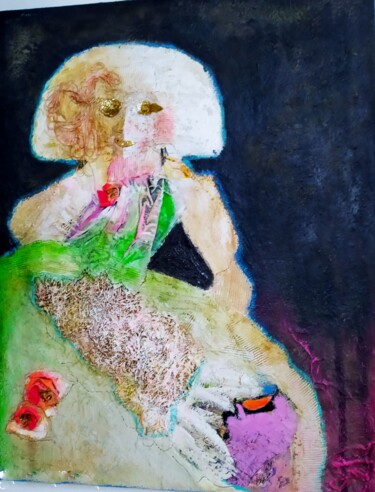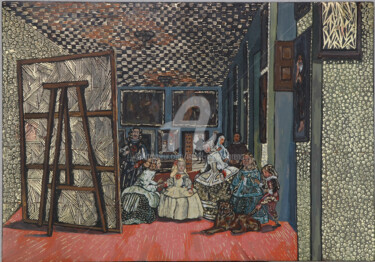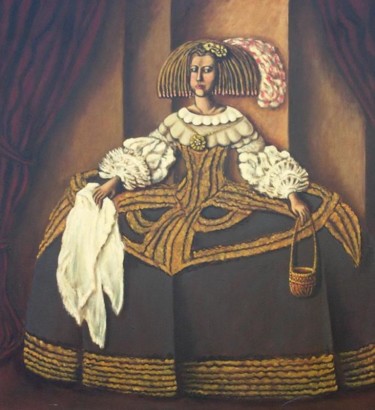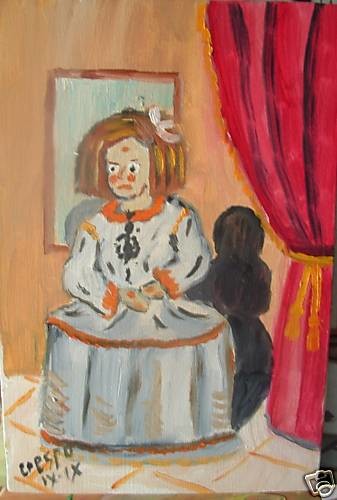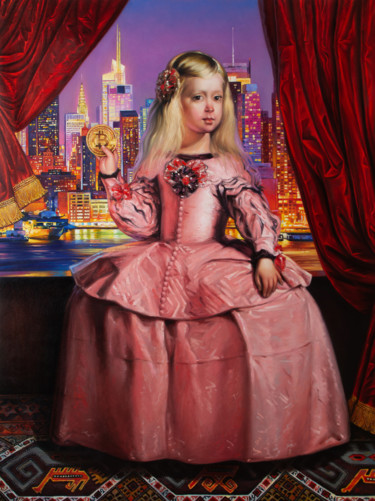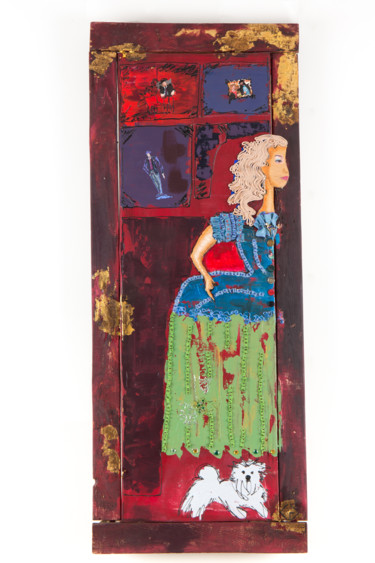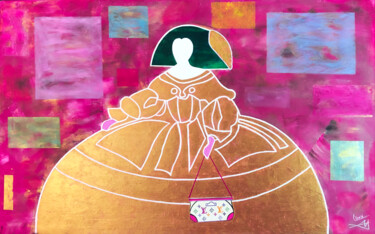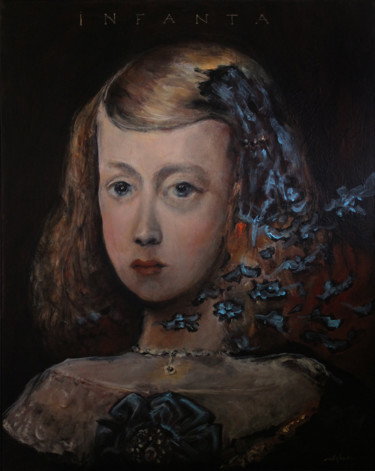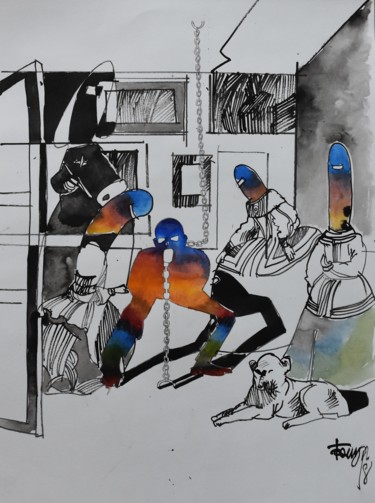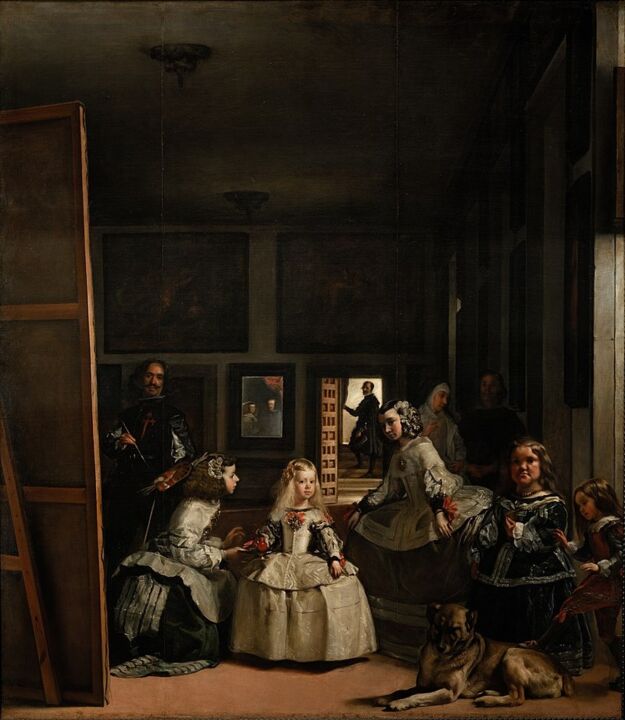 Diego Velázquez, Las Meninas , 1656. Oil on canvas, 1318×276 cm . Madrid, Prado Museum.
Diego Velázquez, Las Meninas , 1656. Oil on canvas, 1318×276 cm . Madrid, Prado Museum.
Las Meninas: an artwork of propaganda
The history of art is also characterized by the presence of artists known by the masses for one of their masterpieces in particular, which has made recognizable their style, their sensitivity, and the historical period in which the artist lived. Examples of what we said can be Munch's Scream, Klimt's Kiss, but also the artwork by Diego Velázquez: Las Meninas.
Diego Rodríguez de Silva y Velázquez, known as Diego Velázquez (Seville, 1599 - Madrid, 1660) was one of the most important Baroque painters of all time. In fact, the seventeenth-century artist was distinguished by his optical realism, his play of light, and his light brushstrokes, so much so that he has been recognized as the precursor of that nineteenth-century impressionism, the basis of the artistic innovations of the nineteenth-century painters.
Las Meninas, dated 1656, is an oil painting on canvas that, while immortalizing the Spanish royal family, does not represent a simple court portrait, but a real work of propaganda, complex and layered. The message that the artist wanted to convey, is to make clear how art can be an effective means of rendering reality and its many keys to interpretation. In fact, the interpretation of the work is inextricably linked to the various situations depicted in it, such as the arrival of the courtier José Nieto who, placed at the back of the painting, is intent on observing the scene; the presence of the royalty reflected in the mirror, which we do not know whether they suddenly arrived on the scene or whether they were already observing the artist at work; the self-portrait of Velázquez, which could represent both a personal self-celebration and a sort of testimony of the painter's presence at the court of Philip IV. On this last point, however, it is certain that the artist wanted to portray himself, in order to declare the absolute superiority of painting over the other arts as an intellectual exercise.
The painting style and the originality of the artwork
In terms of style, Las Meninas was created through the use of broad, fast brushstrokes, which bring to the canvas a pictorial matter that is not very amalgamated and is marked by the use of pure color. In addition, the Spaniard's decisive brushstrokes create uniform areas of paint on the support, which, close together, give the effect of chiaroscuro or uniform backgrounds, as in the case of the floor or walls.
The light in the painting has two different positions: a beam of light coming from the right illuminates the foreground of the artwork, where the main characters are located, while a second light, present on the background of the painting, expands through the open doorway to the room.
The characters in the artwork have been thoroughly studied in their positions in order to create multiple visual planes and diagonals, the purpose of which is to draw attention to various areas of the room in a balanced way. In addition, it is the size ratio between the various figures, which crowd the room, that gives the sense of depth to the composition.
The room in which the scene is set is probably the artist's studio, which was located in the royal palace of the Alcazar. Within this setting, we can also admire many paintings hanging on the walls and, in particular, the two mythological paintings by Rubens and Jordaens, depicting the metamorphoses of Ovid.
Finally, the originality of Velázquez's artwork is surely conferred by the position of the viewer, who, projected into the painting, finds himself for the first time in the same place as the sovereigns. Moreover, there is also a reversal of the point of view, since the painting is no longer, as usual, seen from the side of the painter, but from that of those being portrayed, in this case, the royals.
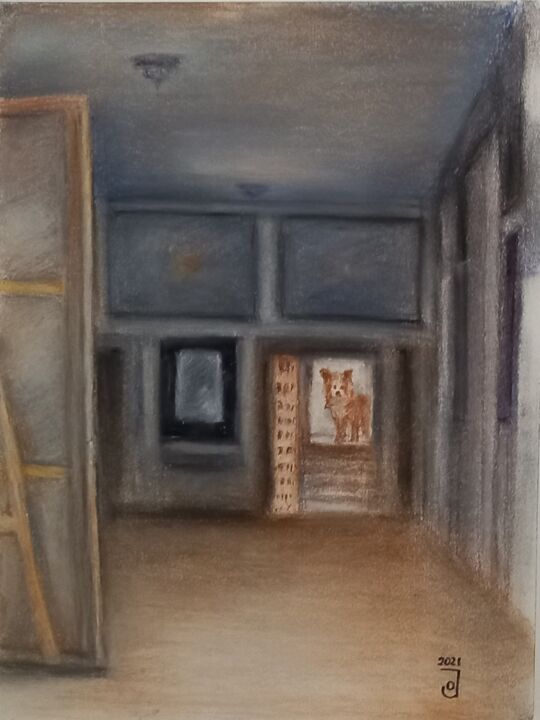 Jose Oña Jurado, Mia observando a perro salomòn de las Meninas de Velázquez, 2021. Pastel on paper, 30 x 21 cm.
Jose Oña Jurado, Mia observando a perro salomòn de las Meninas de Velázquez, 2021. Pastel on paper, 30 x 21 cm.
Jose Oña Jurado: the bare Las Meninas
Velázquez's timeless masterpiece continues to be a source of inspiration for contemporary artists, so much so that we find many artworks in our collection that make explicit reference to it, re-proposing it in its entirety or in some of its parts. In this way, the Spanish painting is transformed into a new work of art, distinguished by a different painting technique, innovative use of color, perspective, arrangement of lights, and, sometimes, even by the choice of a different number of characters. These changes generate a new key to reading the masterpiece, which becomes a vehicle for propaganda messages different from the original ones.
An example of such modifications is the pastel by Jose Oña Jurado, Mia observando a perro salomón de las meninas de Velázquez, where the two points of light, which in the original artwork gave depth to the space of the artist's studio, are absent. As a result, the chromaticism of this revisitation is flattened, that is, stripped of its previous chromatic details and softened by the soft colors of pastel. Moreover, the artwork has also been deprived of the characters, which in the original painting had the task of creating more visual planes and diagonals, aimed at drawing attention to different areas of the room in a balanced way. In addition, Oña Jurado's pastel also lacks the presence of the paintings that had adorned the walls of Velázquez's masterpiece. The only form of life present in the space of the work is a dog, which, taking the place of the figure of José Nieto, observes a now empty room. In conclusion, Velázquez's painting, deprived of all those messages with which it had been loaded, now conveys a sense of emptiness, loneliness and waiting. In fact, it almost seems as if the dog is waiting for the advent of any form of life, which will arrive to break its boredom and isolation.
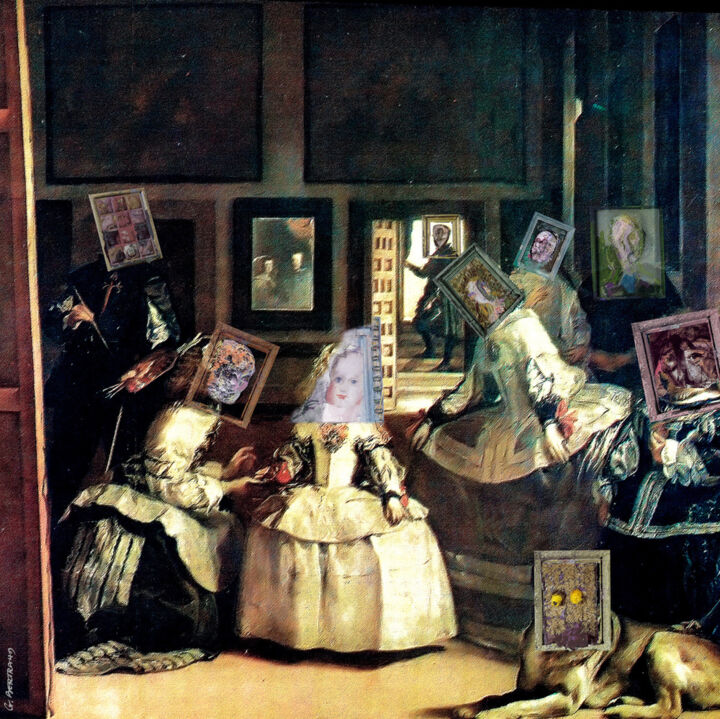 Gérard Bertrand, Las Meninas (CF Velázquez), 2020. Photomontage on paper, 20 x 50 cm.
Gérard Bertrand, Las Meninas (CF Velázquez), 2020. Photomontage on paper, 20 x 50 cm.
Gérard Bertrand: the censored Las Meninas
Gérard Bertrand's photomontage represents another interpretation of the seventeenth-century painting, where we do not find substantial changes regarding the chromatism, the decor, the arrangement of lights and, the number of characters depicted. What distinguishes Bertrand's interpretation is the use of censorship, in fact, the technique of photomontage is used to conceal the faces of the protagonists of the scene, which are covered with small paintings. Thus, Velázquez, the royals, the members of the court, and the dog, lose their identities and are no longer able to tell the story for which their existence was intended. The provocative censorship of works of art is a classic topical in the art-historical tradition, which has certainly distinguished past currents such as Dadaism. In fact, the latter was distinguished by questioning and distorting traditions, rejecting reason and logic, in order to emphasize extravagance, humor, mockery and, disgust of the customs of the past.
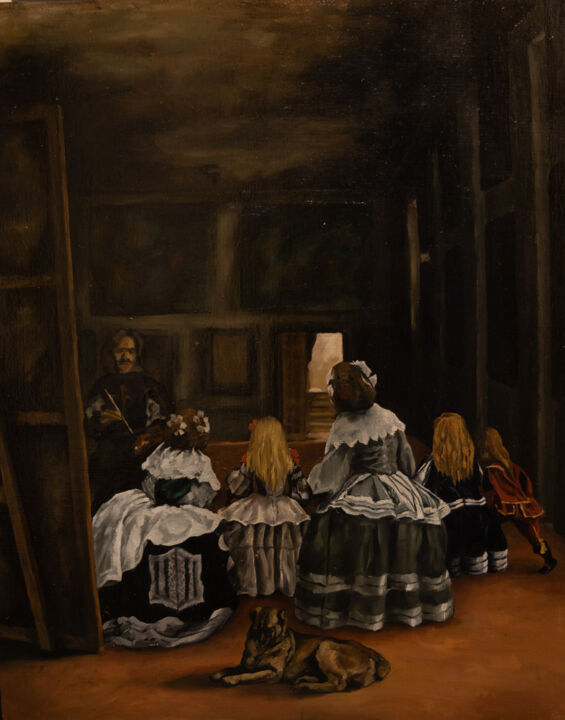 Cláudia Moreira, Interpretation of Velázquez, 2020. Oil on paper, 50 x 40 cm.
Cláudia Moreira, Interpretation of Velázquez, 2020. Oil on paper, 50 x 40 cm.
Cláudia Moreira: ironic Las Meninas
We conclude this brief review of artworks that pay homage to Velázquez, with the irony of the oil painting made by Cláudia Moreira, which represents another interpretation of Velázquez's masterpiece. In this artwork, which is more sketchy and quicker to execute than the original, we speak of irony because the characters, who are depicted from behind, exclude the viewer from the pictorial tale. In this way, the Spanish masterpiece, which refuses to be looked at in its entirety, loses an important characteristic that had made it unique in its genre: the point of view. In fact, the painting is no longer seen from the perspective of all the characters portrayed, but only from that of the painter, who is intent on painting faces and bodies whose features we cannot know. In addition to the artist, there is another character who sympathetically turns his gaze to us and who this time is placed at the center of the work: the dog. With this last expedient, Cláudia Moreira reiterates the intent of her work: to make a masterpiece of all times sympathetic and ironic.

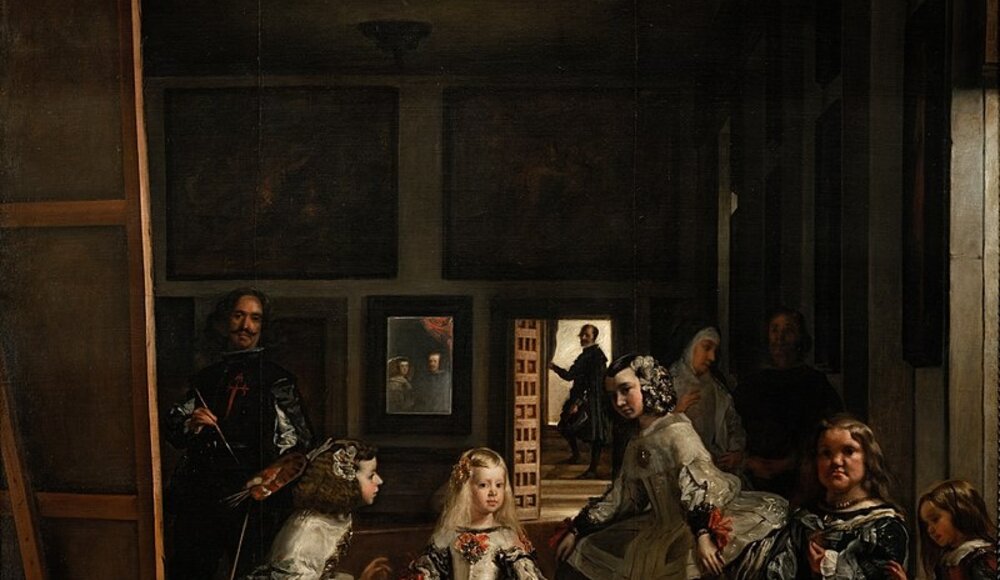
 Olimpia Gaia Martinelli
Olimpia Gaia Martinelli
